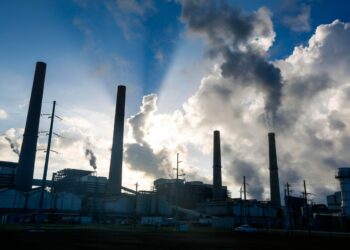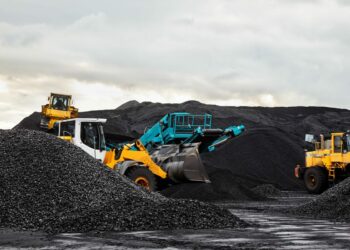Like gasoline, there is no such thing as a “pure” lithium ion battery. Gasoline is a blend of various hydrocarbons and other components like ethanol that can vary widely based on location, time of year and other factors. Similarly, there is a surprisingly wide array of recipes for lithium ion batteries with the common element being positively charged lithium ions transiting between the anode and cathode. One particular variant, the iron phosphate cell is poised for significantly greater adoption in the coming years for several reasons, including a suddenly spiking price for nickel.
Electrochemical batteries are comprised of a group of cells that can be connected in parallel or series depending on the total voltage and power requirements. Each cell has four major components, positive and negative electrodes known as the anode and cathode, a porous separator and the electrolyte. The separator keeps the anode and cathode from coming into contact which can trigger a fire while the electrolyte provides the medium for positively charged ions to flow through.
Over the past decade, most automakers have converged on the use of a nickel-rich mixture to coat the cathodes because nickel provides some of the highest energy storage capacity that has been found. Nickel has been widely used in batteries for decades going back to nickel-cadmium and later nickel metal hydride cells. Most high-performance EV cells today use nickel-manganese-cobalt (NMC) with nickel comprising 80% of the mix. Tesla
TSLA
mainly uses nickel-cobalt-aluminum with the same 80% nickel. GM’s new Ultium cells actually use a blend of the two with nickel-manganese-cobalt-aluminum.
With nickel accounting for 40% or more of the cost of a nickel-rich cell, any volatility in the price of the metal can cause significant pricing pressure on batteries. In the past week, the war in Ukraine and sanctions on Russia coincided with a spike in nickel prices from about $25,000 per tonne to $100,000 per tonne before trading was halted. This has no doubt led some automakers to think about their battery strategy for EVs.
Back when GM was developing the first generation of the Chevrolet Volt, it’s cell chemistry choice was narrowed down to manganese-oxide and iron-phosphate (LFP) with the manganese ultimately getting selected for production based on its higher energy density. LFP has some significant advantages and one notable drawback, which meant it never really got much adoption for EVs in North America.
The main drawback is that LFP has about 30-40% lower energy density than nickel-rich chemistries. In North America where populations are spread out and drivers think they need many hundreds of miles of range, this limited the market for LFP. But in China, where cost is a bigger concern than range, many of the entry level EVs use LFP cells including Tesla. Tesla started using LFP for the standard range version of the Model 3 in China in 2020 and in fall 2021 it went global with that approach.
While nickel-rich cells can generally withstand about 700-800 charge cycles with proper management, LFP can easily go thousands of cycles with minimal degradation. LFP cells are also extremely stable and resistant to thermal runaway. Both iron and phosphorous are readily available globally, and inexpensive, making them very appealing for a localized supply chain.
In the past year, as many of the world’s legacy automakers announced their massive electric vehicle transition strategies, many including Volvo, Volkswagen, Stellantis and Ford have indicated plans to utilize LFP for at least some future models. In most cases, the LFP emphasis is for entry level models like those in China. Ford has discussed plans to utilize LFP for commercial vehicles where it has a very strong market position. In many use cases for commercial vehicles such as package delivery or landscaping, the vehicles are only used in local areas and typically run less than 100 miles per day, often at lower speeds. This makes LFP a great choice for its long life, safety and low cost.
Most recently, Rivian announced during its Q4 2021 earnings call that its new standard range battery size debuting in late 2023 will be utilizing LFP cells in place of the nickel-rich cells used in the longer-range packs.
However, new developments in battery pack architecture are helping to offset the energy density deficit of LFP. With the modular architecture (cells assembled into modules which are then installed in packs) of most current EV battery packs, only about 30-35% of the pack volume is actually comprised of active cell material. Companies such as Our Next Energy (ONE) are developing cell-to-pack, structural architectures that eliminate the module packaging and glue the cells in directly. This can achieve double the effective fill ratio, exceeding 70%.
ONE is also developing a hybrid pack that fills part of the pack with LFP cells that have long cycle life and the rest with higher energy density cells that can be used to extend the range of the pack when needed. During most driving, only the LFP cells are used and charged, while the higher density cells go through far fewer cycles. Recently, ONE demonstrated a Tesla Model S with a prototype pack driving over 750 miles from its Detroit Area headquarters to northern Michigan and back.
Developments like volatile commodity prices, increasing demand for EVs and new architectural developments are all poised to increase interest in LFP cells in the coming years.











